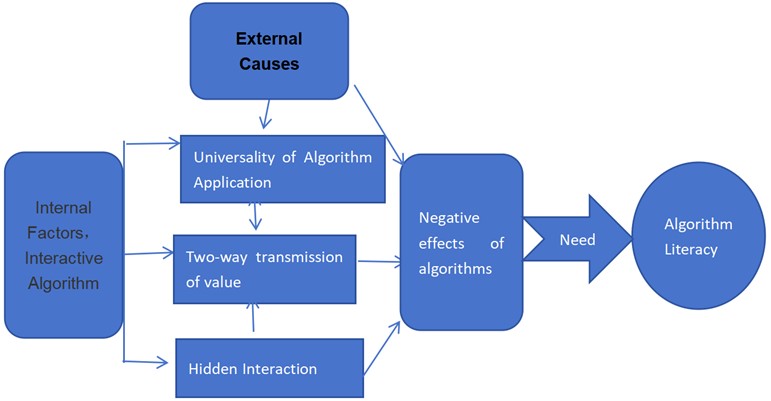Reconstructing the Subjective Identity of Artificial Intelligence in the AI Era: From Instrumental Rationality to Ethical Entity
Abstract
As artificial intelligence (AI) technology advances at an unprecedented pace, it is evolving from a mere instrument into a “quasi-subject.” This transformation inevitably reshapes the traditional human–machine relationship and gives rise to profound social and ethical challenges. From the dual perspectives of value philosophy and social ethics, this paper examines the trajectory by which AI shifts from being an “objectified tool” to a “constrained subject.” We propose a theoretical model of a “human-led finite subject,” laying a conceptual foundation for situating AI’s quasi-subjective role within social ethics. By analyzing possible directions for constructing AI subjectivity and the ethical dilemmas it faces, we outline a human–machine ecological symbiosis model grounded in algorithmic justice.
References
[2] Duan, W. (2020). The ethical foundations of information civilization (p. 212). Shanghai People’s Publishing House.
[3] Lin, X. (2020). “Posthumanism, subjectivity reconstruction…” Literary Theory Research, (4).
[4] Duan, W. (2020). The ethical foundations of information civilization (p. 212). Shanghai People’s Publishing House.
[5] Verbeek, P. P. (2005). What things do: Philosophical reflections on technology, agency, and design. Penn State Press. https://doi.org/10.1515/9780271033228
[6] Rokamola, A., & Smorik, A. (Eds.). (2021). Fashion in theory: Critical theorists’ guide (Chen, T., & Li, Y., Trans.). Chongqing University Press.
[7] Latour, B. (2005). Reassembling the social: An introduction to actor-network theory. Oxford University Press. https://doi.org/10.1093/oso/9780199256044.001.0001
[8] Yu, X., Zhai, W., & Hou, M. (2022). Patterns and evolution of human–machine symbiosis in the AI era. Science and Society, (4).
[9] Yu, X., Zhai, W., & Hou, M. (2022). Patterns and evolution of human–machine symbiosis in the AI era. Science and Society, (4).
[10] Yin, L., & Gao, H. (2020). Embodied interaction: An empirical interpretation of human–machine relations in the intelligent media era. Journalism & Writing, (11).
[11] Yin, L., & Gao, H. (2020). Embodied interaction… Journalism & Writing, (11).
[12] Reeves, B., & Nass, C. (1996). The media equation: How people treat computers, television, and new media like real people and places (p. 5). Cambridge University Press.
[13] Asilomar AI Principles. (2017). Benevolent AI Conference, 2018.
[14] Rubin, C. T. (2014). Eclipse of man: Human extinction and the meaning of progress. Encounter Books.
[15] Harari, Y. N. (2016). Homo Deus: A brief history of tomorrow. Random House. https://doi.org/10.17104/9783406704024
[16] Liu, Y., Liao, D., & Zhang, Q. (Eds.). (2023). Development and applications of computer AI technology (p. 183). China Atomic Energy Press. https://doi.org/10.1016/j.enpol.2023.113827


This work is licensed under a Creative Commons Attribution 4.0 International License.
Copyright for this article is retained by the author(s), with first publication rights granted to the journal.
This is an open-access article distributed under the terms and conditions of the Creative Commons Attribution license (http://creativecommons.org/licenses/by/4.0/).









1.png)














